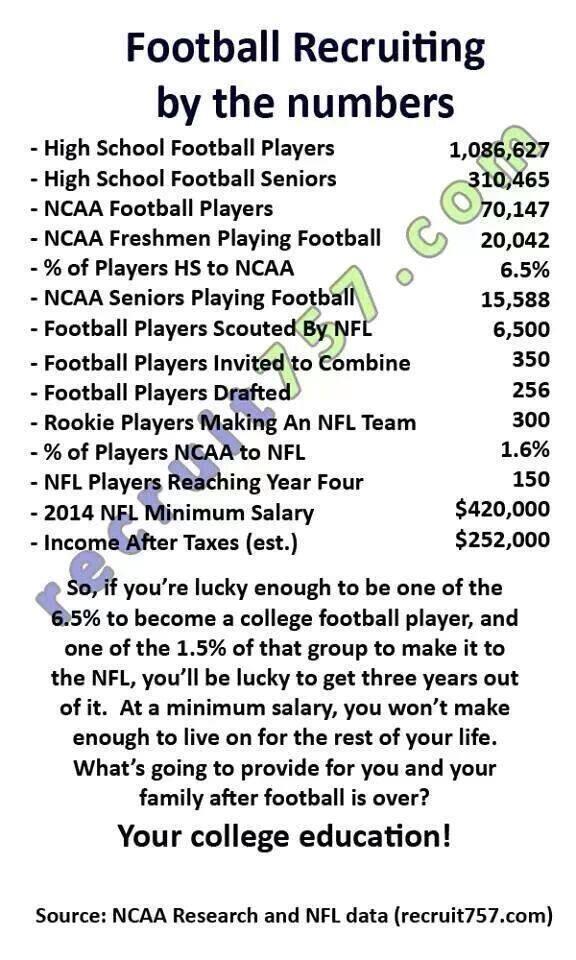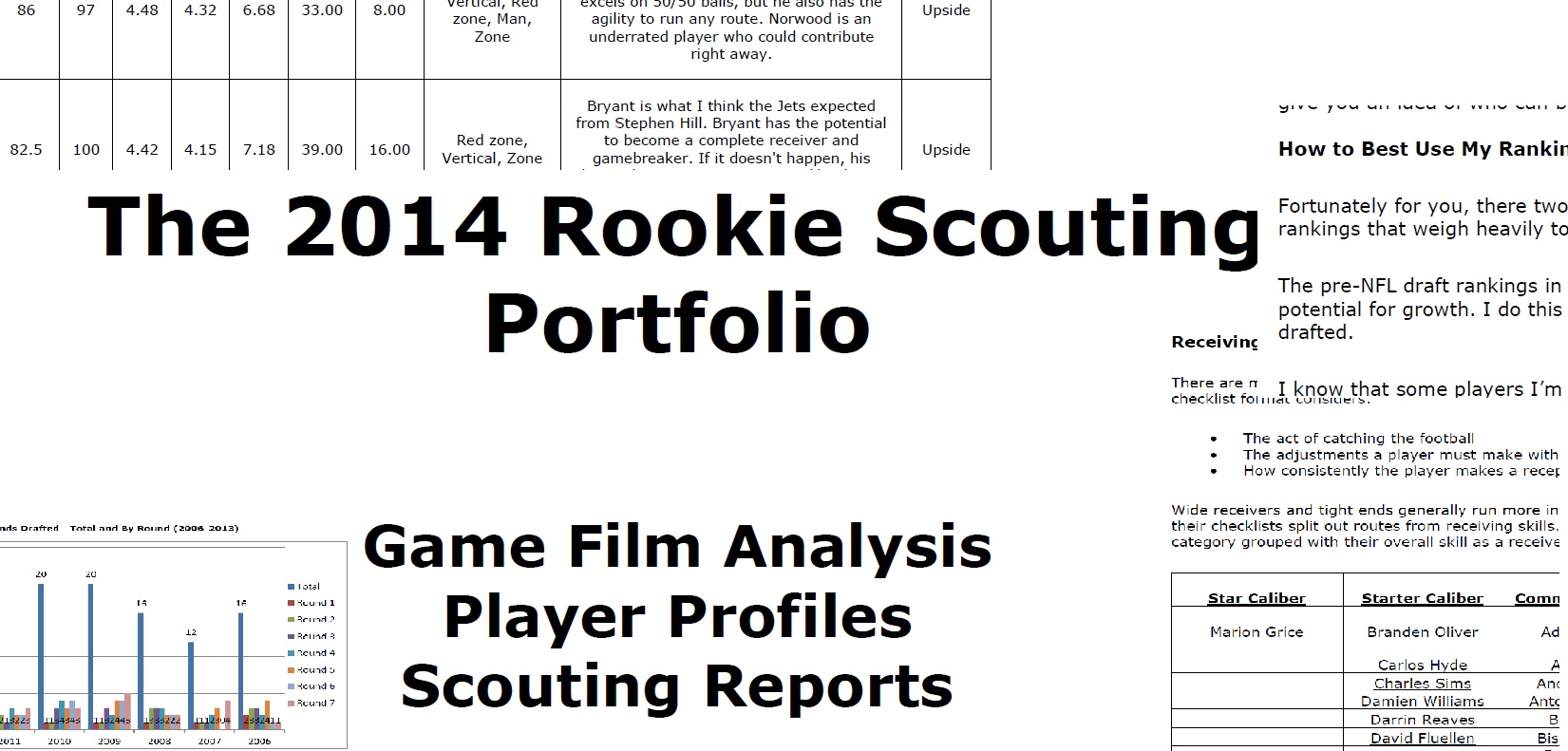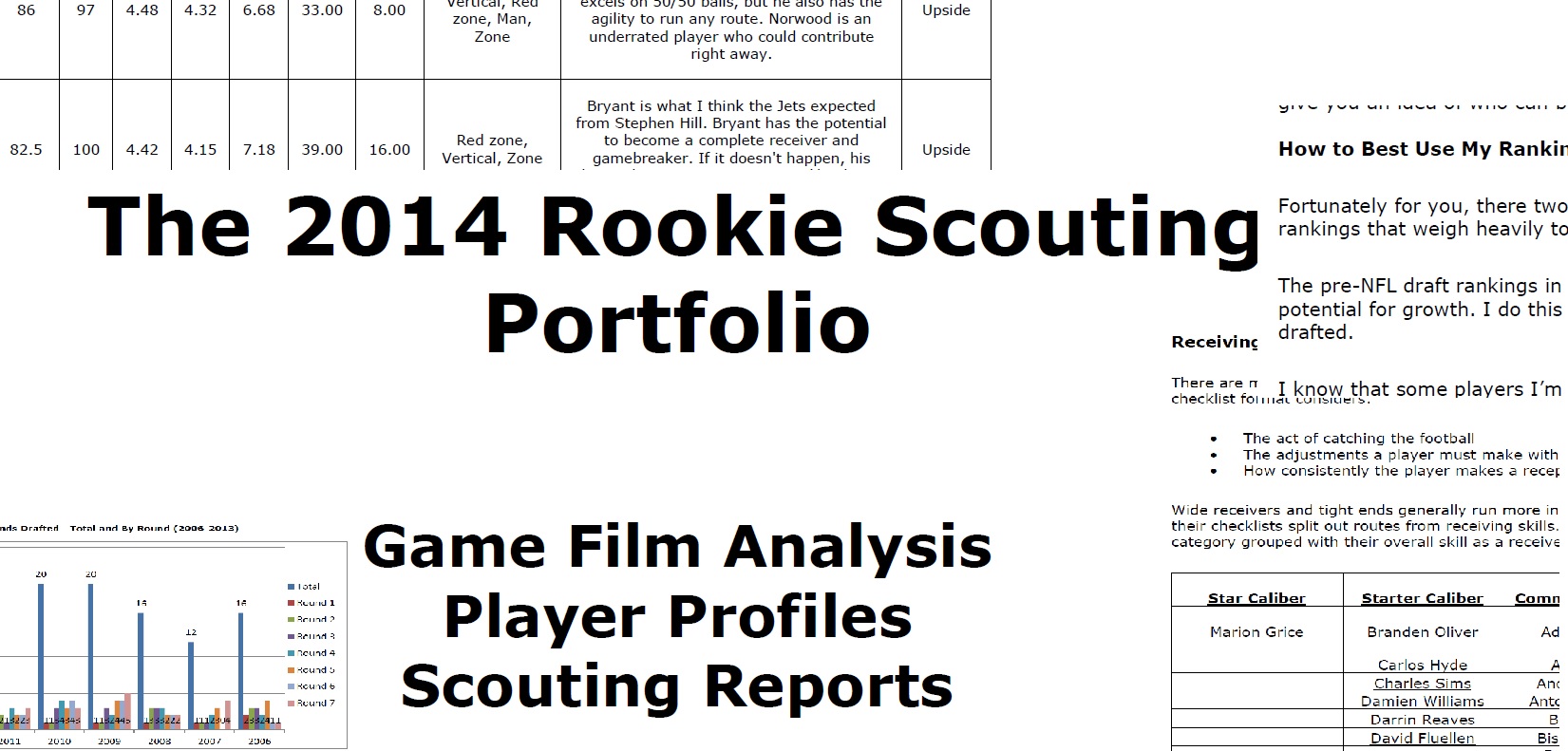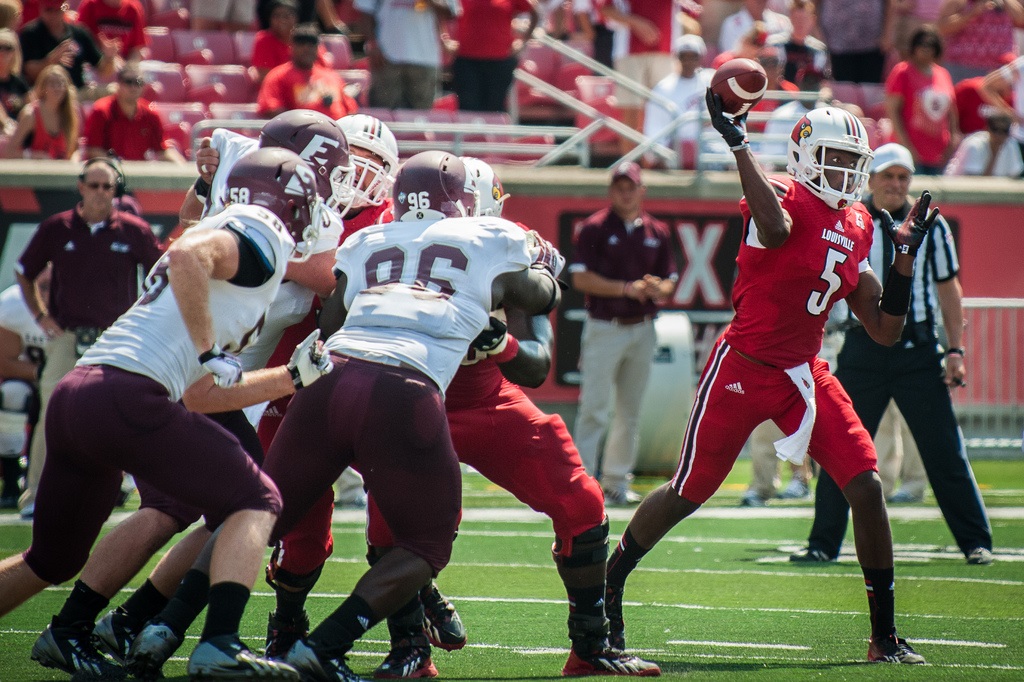
The Wonderlic and the NFL’s misguided use of it continues to fascinate. I propose a solution.
If you’ve seen the Audible Podcast where I commented on the Wonderlic exam, then you know my suggested alternative to the Wonderlic.
This test was designed in 1936 and the military adopted it for measuring a pilot’s ability to think fast. One way of looking at the Wonderlic is that it’s an exam twice removed from its original purpose–if it ever had one besides one form of measuring the ever-elusive concept of intelligence.
But let’s talk about the Wonderlic’s use as a test for our nation’s airmen. While true that pilots face life or death situations, the physical stress of flying a plane is different from that of a football player.
Pilots have to be in great physical condition due to the altitude and G-Force of aerial maneuvers that cause fast changes to blood pressure, heart rates, and blood flow through the body–often resulting blackouts if a pilot isn’t in supreme condition.
The G-Force of flying a fighter jet also creates a sensation of carrying extra weight. Combine these sensations with the need to maintain a sharp mind and precision movements to control the plane, and it’s understandable why the NFL might look at the cardiovascular demands and draw a parallel between a cockpit and a pocket.
It’s one thing to be out of breath and weighed down while making lightning-quick decisions; it’s another to be breathless and pummeled from a series of moderate car accidents while trying to execute an offense. Yet what really separates the pocket from the cockpit is the type of decisions a quarterback makes that differ from a pilot.
Operating a fighter jet requires excellent skills in mathematics: reading performance tables; gauging time, speed, and fuel; understanding the geometry for specific weaponry; and mastering the impact that certain angles will have on a plane with challenging navigational movements.
A quarterback doesn’t need to know a lick of math. He doesn’t need to read anything but a clock. And his plays are diagrams and words that he has memorized. The Wonderlic tests more for math and language skills than visual diagrams and executing strategy. Moreover, it doesn’t test for the combination of the strategic integrated with motor skills and physical-mental stamina.
So like most non-NFL people, I think the Wonderlic is a useless–and often a counterproductive–assessment tool. If the league wants to make it remotely worthwhile, here’s what I suggest:
- Lead the prospect to a room for an interview, workout, or press conference–whatever ruse necessary to set up an ambush.
- At the ambush point, have 3 or 4 of your defensive linemen or linebackers grab the prospect, put a bag over his head and beat on him for 45 minutes.
- Remove the bag, lead the prospect to a table, and administer the Wonderlic.
- If the prospect can answer any question correct in 15 minutes, he passes.
- If the prospect can avoid the bag or ambush and has a stand-off with his attackers, he should be considered for the top half of the draft.
- If the prospect aces the test after getting beaten up or avoids the ambush altogether, he’s a first-round pick.
Yes, I’m kidding. However, a player asked to think quickly and make good decisions with accurate execution after a 45-minute mugging is closer to the reality of what you want to see than a book-smart suburban kid who scored well in controlled, standardized test environment.
If you ask me, the NFL would be better off if it put a player through an exhaustive workout and then ask him to execute physical-mental football concepts that are basic to most college players at their positions. If you want to up the stakes, add less familiar concepts that are a logical extension or advanced wrinkle of this knowledge base.
It will require more work for the league to develop, but isn’t it worth it to assess a player’s intelligence free from the socio-economic bias that comes with standardized tests? More important, isn’t it worth it to assess intelligence that’s appropriate to the environment?
But what do I know, I’m just a writer.











